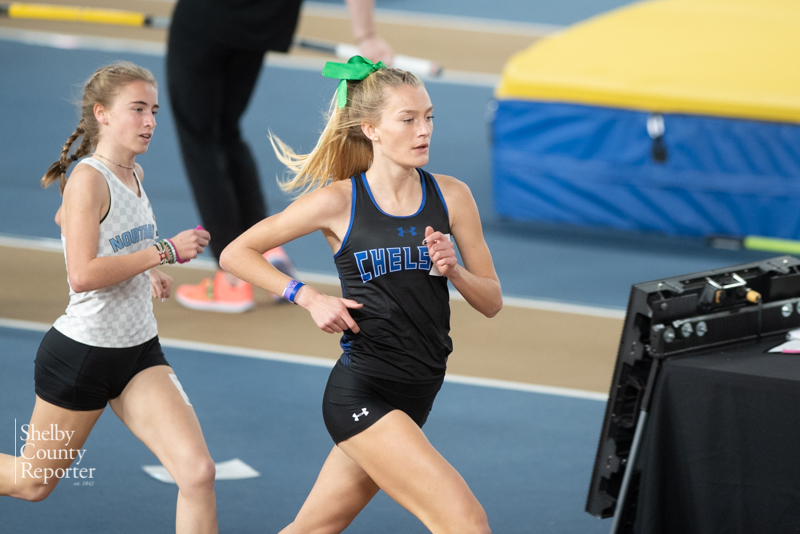
Women athletes often face discrimination based on their appearance. There are ways to reverse this. You can change your body image by taking control of it. Social media allows you to challenge gender stereotypes. You can also advocate for gender equality. These tips will assist you in becoming an active member of the sport community.
Taking back control of body image
Female athletes are increasingly taking back control over their bodies. These athletes shared how the pressure to appear perfect impacts their performance, mental health, and overall performance. Gracie Gold, Olympic figure skater, and Allie Ostrander, a professional runner, are just some of the athletes who have spoken out about their own struggles with negative body image. These athletes want to make it clear that having a body that doesn't conform to certain standards is not weakness.
Female athletes can still feel dissatisfied with their bodies despite being under tremendous pressure to do so. Body dissatisfaction refers to negative thoughts about a person’s body and the perceived difference between their ideal body size and theirs. Context and function can also influence how we perceive our bodies. Recent research found that female collegiate athletes were part of a program called "Bodies in Motion," which helps athletes to have a positive image of their bodies.
It's time to change the stereotypes associated with female athletes
One of the most important things that a female athlete can do is break down gendered stereotypes. Many girls and young women are discouraged to participate in sports due to the stereotypical beliefs that surround them. These stereotypes need to be broken. It begins with teaching girls and their mothers to respect each other and be themselves. It starts by changing how we talk about women. It is possible to improve the image of female athletes in the public eye by changing our words, actions and speech.
Most research on female athletes has focused on the bipolarity that exists between masculinity or femininity. However, very little has been done on androgyny. Androgyny refers to a compromise between masculinity/feminity. This suggests that a female runner can be both male/female simultaneously. This gender identity can be assertive and gentle, independent and dependent, and competitive yet passive. A woman can exhibit both feminine and masculine qualities, which can be empowering to the individual.
Participation in social media
Use social media to inspire younger women to get involved in sports. The stories of other female athletes is what inspires them. The UConn Huskies defeated the Baylor Bears last night and dominated social media. Although the final score was 69 to67 for the Huskies and the controversial call was the highlight of the evening, it was still a memorable game.
Participating in social networks can be a great way to encourage young girls to take up sports and improve your health. Many female athletes now use social media to promote themselves. However, the amount of research on how women athletes represent themselves online is still scarce.
Managing gender stereotypes
Women are often confronted with gender stereotypes when it comes to sport, which can restrict their participation. They may choose to deemphasize their athletic achievements and focus on other sports that are less stigmatized, or they may even drop out of their sport altogether. These issues are a reflection of larger cultural attitudes about athletic women. These stereotypes pose a problem because they are among the most significant barriers to female sport participation.
First, women athlete must address the issue of public perception. Many people view women athletes as submissive, or objectified. Male athletes are often seen as heroic and masculine, while female athletes are viewed as wives and daughters. This toxic cycle of gender stereotypes often leads to the sexualization and objectification of female athletes. This has been brought to the forefront by the USA Gymnastics scandal.